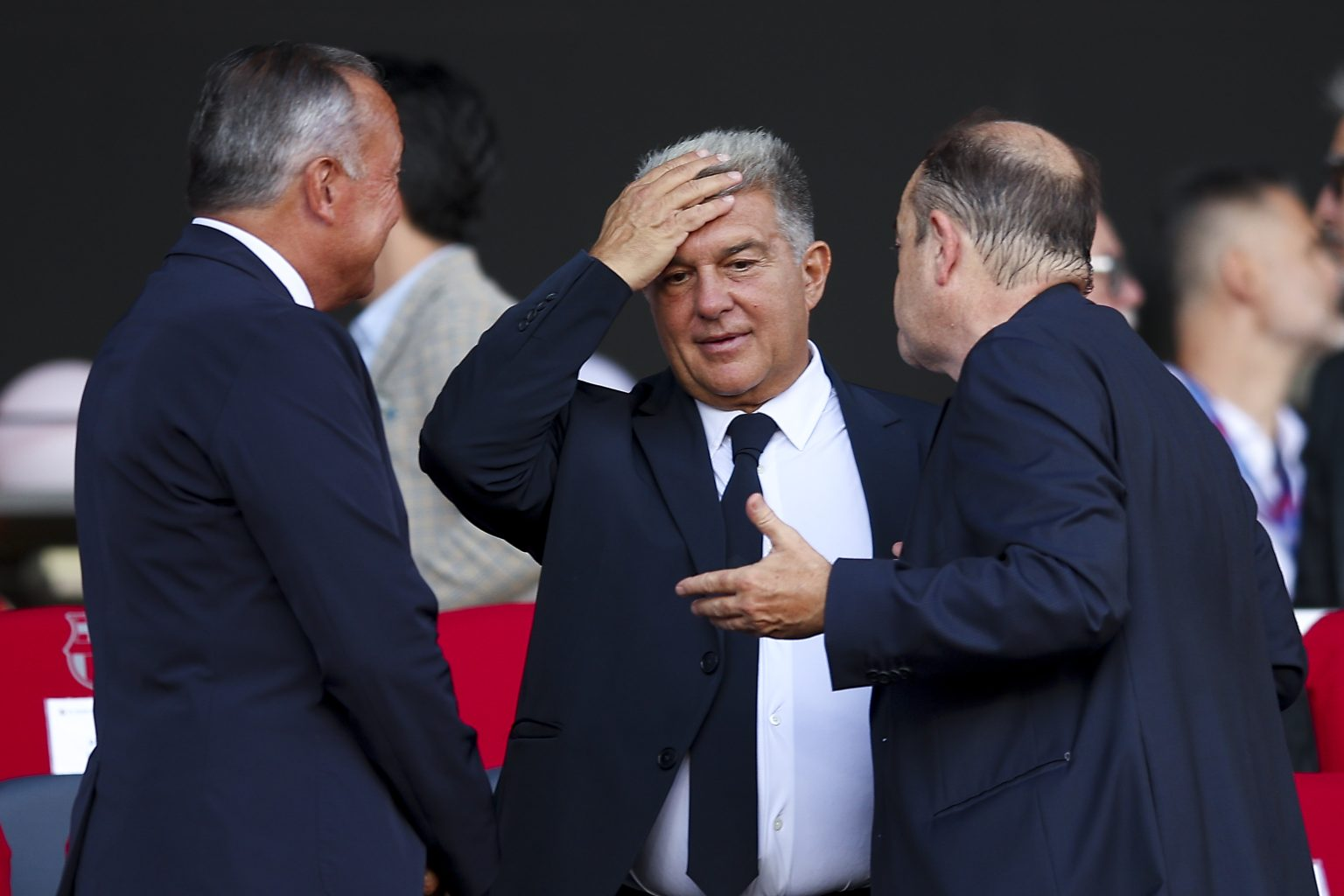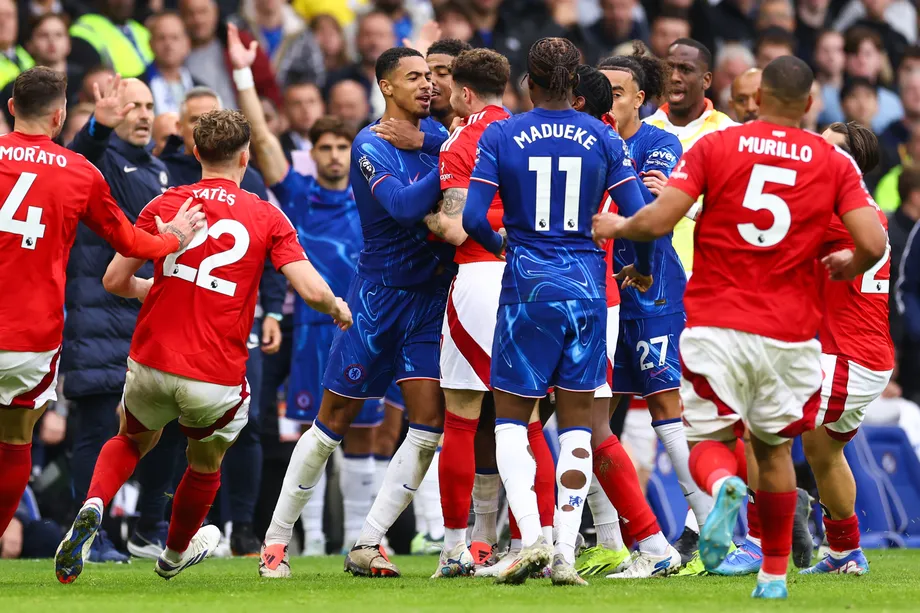How Football Transfer Fees Are Really Calculated
The Hidden Costs Behind Every Deal

Transfers seem straightforward, a club pays, a player moves, everyone moves on. But the reality is far more layered. Every big move hides smaller deals within it like agent fees, loyalty bonuses, performance clauses, and image rights which all quietly shape the final number. Transfers aren’t just about ability, they’re about timing, leverage, and financial strategy.
What fans see as a “£100 million signing” is rarely a simple exchange. It’s a negotiation that balances risk with potential, where clubs spend as much time analysing spreadsheets as they do highlight reels. In today’s market, a player’s fee doesn’t just reflect how good they are, it reflects how much a club believes they’ll be worth tomorrow.
The base transfer fee is the starting point, the cleanest number on paper and often the most misleading. It’s built on four pillars: quality, age, contract length, and demand. A player with three years left on their deal is expensive, one entering his final season quickly becomes a bargain. Leverage dictates everything.
Declan Rice’s £105m move to Arsenal showed how power can tilt. West Ham had time on their side and an English premium to charge. Jude Bellingham’s €103m transfer to Madrid, on the other hand, was about projection, buying the best years of a player already world-class at 20. The so-called “homegrown tax” also plays its part, inflating the prices of English players due to domestic regulations. In essence, clubs aren’t paying for what a player has done, they’re paying for what he might still do.
Add-ons exist to make a risky deal feel safe. Instead of paying everything upfront, clubs attach conditions, fees that only activate if certain goals are met. These can range from appearances and goals to trophies or even individual awards. It allows the buying club to manage risk while giving the selling club a potential payday if the player thrives.
Antony’s deal with United, for example, included add-ons tied to Champions League qualification and performance targets. Madrid’s deals for Bellingham and Tchouaméni include clauses triggered by trophies and milestones. On paper, these details look like fine print, but they often decide whether a transfer hits £60m or crosses £100m. Add-ons keep negotiations alive and protect both sides from regret.
For smaller clubs, sell-on clauses can be lifelines. They are clauses that allow a club to get a percentage of the transfer fee when a player they have already sold is again sold by the club that bought him. They ensure that even after a player leaves, future success pays dividends. Benfica earned millions more when João Félix left Atlético Madrid because of such a clause. It’s smart business, one great season elsewhere can still fund the next rebuild at home.
Loan deals have evolved too. They’re no longer just for development; they’re financial tools. Clubs now charge significant loan fees and often split wages, giving them control without commitment. Buy-back clauses, meanwhile, are a safety net for bigger teams. Real Madrid used them with Brahim Díaz, allowing them to re-sign him once he matured. In today’s market, every sale comes with a back door, just in case potential turns into profit somewhere else.
Agents also shape the transfer market, perhaps more than most fans realise. They negotiate salaries, image rights, and even control which clubs get to bid. Their commissions usually sit between 5–10% of the deal, but the top names earn far more. Mino Raiola’s reported €20 million cut from Pogba’s 2016 move to United remains the defining example of how powerful agents became during football’s financial boom.
FIFA has since tried to cap commissions, 3% of player wages and 10% of transfer fees, to restore some balance. But in reality, elite agents still operate in their own league. Their influence doesn’t just move players; it shifts entire transfer strategies. In many ways, they’ve become part of the ecosystem, unavoidable, expensive, and often decisive.
Free transfers meanwhile rarely mean “free.” When a player runs down his contract, the transfer fee disappears, but the money doesn’t. Instead, it reappears as a signing-on bonus, often worth tens of millions and higher wages. Mbappé’s move to Real Madrid is the perfect example: no transfer fee, but a signing bonus big enough to rival an actual transfer. Loyalty bonuses add another layer. They’re paid when players see out their contracts, acting as incentives for stability but also tend to complicate exits when clubs want to sell.
For the game’s biggest stars, footballing ability is only part of the equation, although clearly the biggest part. Clubs also pay for what a player represents, their marketability, social reach, and influence. Image rights govern how a player’s likeness and name are used in promotions, merchandise, and games. The returns can be enormous. When Ronaldo joined Madrid, shirt sales and sponsorship exposure repaid his fee in months. Messi’s arrival at PSG did the same, turning commercial value into a measurable asset.
These deals make elite players part-athlete and part-brand. Clubs don’t just buy goals anymore, they buy global attention. It’s why some transfers make sense even when the tactics don’t, because off the pitch, the numbers always add up.
Transfer fees aren’t paid in one go, they’re spread across the length of a contract, a process called amortisation. It’s a simple accounting trick that makes massive fees manageable on paper. Chelsea mastered this under Boehly, handing out long contracts to spread the cost of players like Enzo Fernández and Mykhailo Mudryk over several years.
It keeps clubs within FFP rules, but it’s not risk-free. If a player flops, the cost still sits on the books until the contract ends. Others, like Real Madrid, manage the system differently, signing top free agents and paying large signing-on fees instead. It’s easier to navigate FFP that way. In the end, it’s not just about buying players, it’s about making the numbers fit the rulebook.
For all the talk about structure and spreadsheets, emotion still drives football deals. Timing can turn an average signing into a record fee. Late-window panic, fan pressure, or an injury crisis can send negotiations spiralling. Clubs don’t always pay for quality, sometimes they pay for convenience. Antony’s £85m move to United under Ten Hag’s insistence is a prime example, a premium paid for familiarity and urgency rather than pure value.
Caicedo’s transfer saga between Liverpool and Chelsea showed another side of it, how pride and persistence can override logic. Even in a data-driven era, human emotion still decides numbers. Every deal carries a story of either belief or desperation.
Transfer fees are rarely about fairness, especially in today’s world of inflation. They’re about conviction, what one club believes a player is worth and what another refuses to accept. Every clause, every bonus, every signature is a reflection of trust and ambition and put down as numbers.
From Chelsea’s accounting gymnastics to Madrid’s patience with free agents, every strategy is just a different way of betting on the future. Because that’s what transfers really are, gambles on potential.








